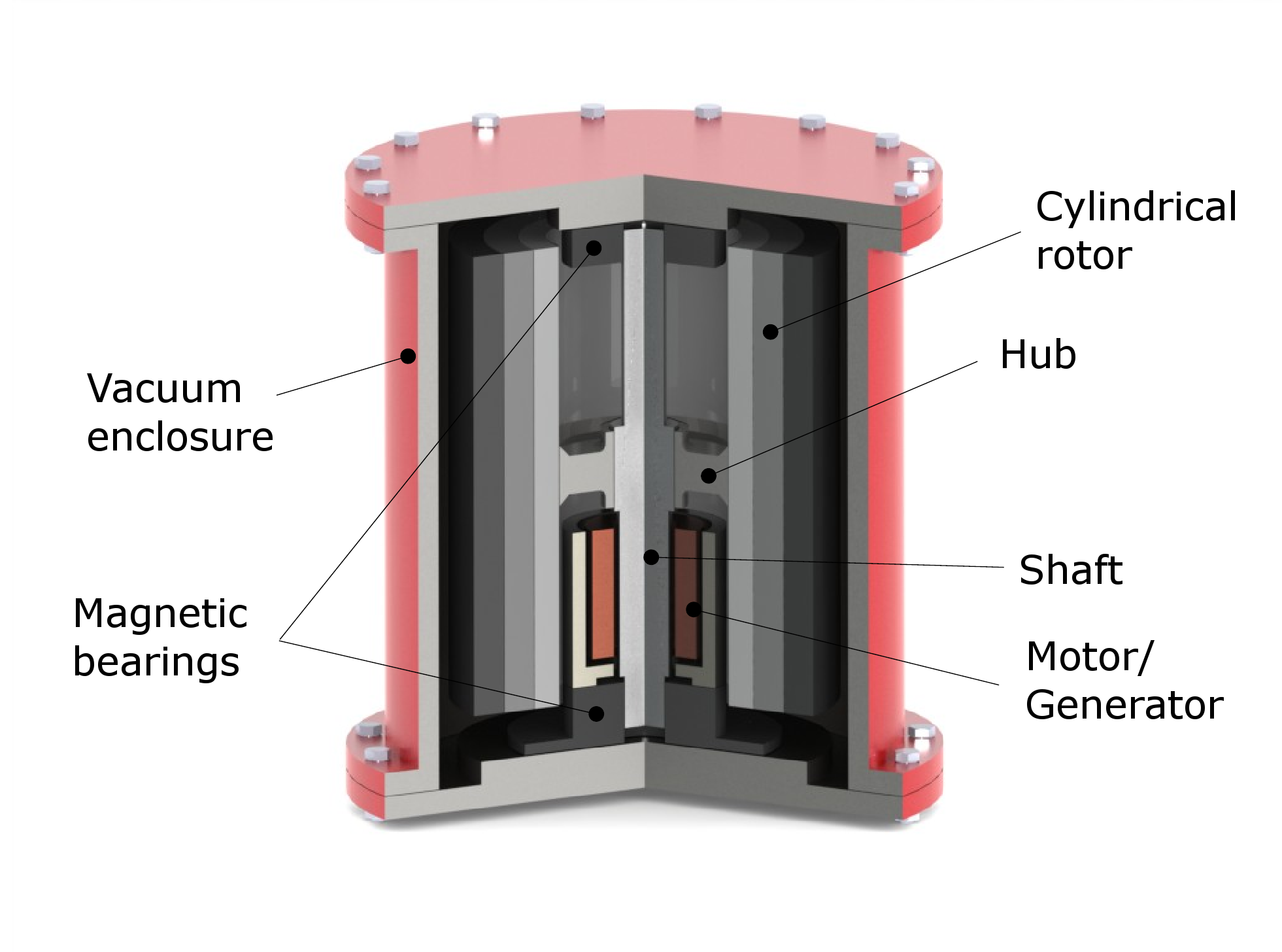Those are actually PMSM, see Porsche technical specifications.R_Redding wrote:If you watch the Supercar Superbuild Porsche 918 episode , they show a modern 150Hp BLDC motor being constructed for Porsche by ZF.Edis wrote:PMSM are a popular choice for production cars too, and they are often found in electric and hybrid vehicles
https://www.youtube.com/watch?v=2sKgFRMEtPM
at 18mins here..
https://youtube.googleapis.com/v/2sKgFR ... showinfo=0
I like the jig they use to attach the magnets , I have some 1" x 1" disc magnets that will quite happily remove any skin trapped between them when they snap together.
Rob
http://press.porsche.com/vehicles/2015/ ... Spyder.pdf
That motor design looks a bit cheap though, take the single tooth winding as an example, that's a design you select for low cost automated manufacturing.
PMSM are probably the most common automotive traction motors, Prius, Volt, i3, iMIEV and many other cars use them. The other most common options are the synchronous machine (Continental produce these for Renault) and the asynchronous machine (aka. induction motor) used by Tesla.
Yes, a BLDC motor is actually not a DC motor as the name implies but a three phase AC motor designed as a replacement for a brushed DC motor - hence the three wire connection similar to AC motors. I don't think there is any difference in the motor itself with BLDC compared to PMSM with exception of the sensor used to detect rotor position; BLDC tend to use hall effect sensors or are sensorless while PMAC typically use a sensor with higher accuracy, like a resolver. The rest of the difference is in the motor control due to the simpler waveform, which is probably where most of the cost saving is with a BLDC compared to PMSM.langwadt wrote:BLDC and PMSM is basically the same thing. Permanent magnet rotor and a three phase stator
Generally a BLDC will be wound to have a trapezoidal bemf so it can be driven with s simpler waveform, but it's not
always the case




